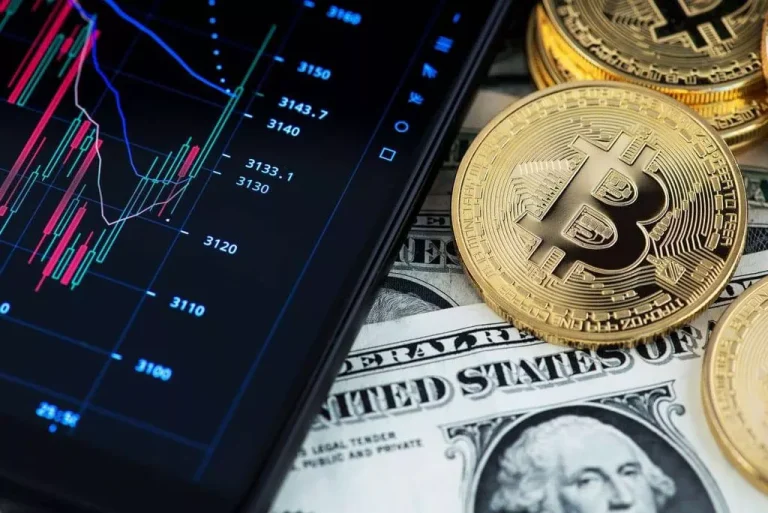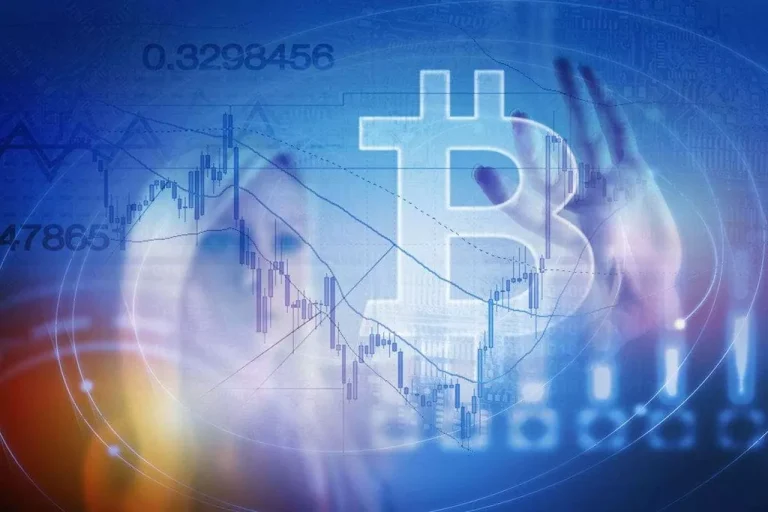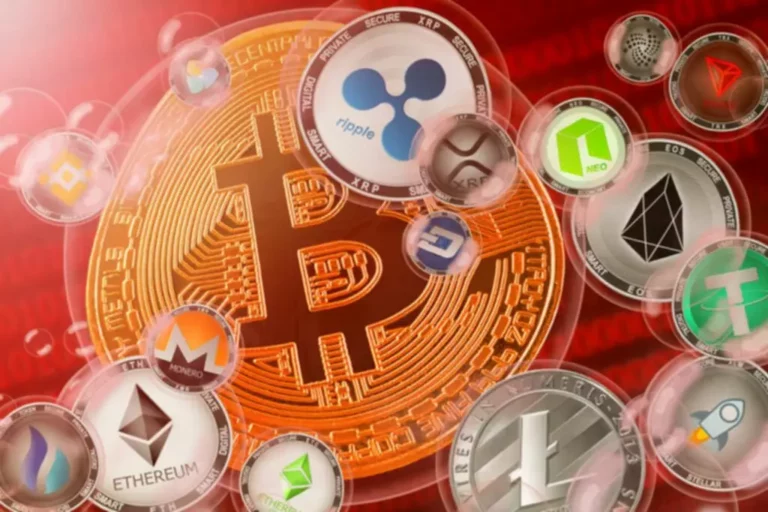Fundamentals: What Is An Automated Market Maker Amm?
Similar to how FX traders buy and sell forex pairs, liquidity swimming pools usually settle for two cryptocurrency pairs. For instance, a trader can use an AMM to sell Bitcoin (BTC) and buy Ether (ETH) from a BTC/ETH liquidity pool, and vice versa. Some liquidity pools and AMMs concurrently handle a number of cryptocurrencies depending on the AMM and decentralized exchange.

Although there are numerous reasons behind the surge in DEX utilization, an algorithmic framework called the automated market maker (AMM) model played a key function in DeFi’s recent improvement. To today, many of the most widely used DEXs rely on AMMs to offer amm in crypto customers convenient peer-to-peer (P2P) trading. In DeFi protocols like an automated market maker, any person can create liquidity pools and add liquidity to a trading pair. Liquidity suppliers then obtain LP tokens in opposition to their deposits which represents their share in the liquidity pool.
Well-liked Defi Platforms Utilizing Amm
Speaking of interplay, you could be wondering about who…or what, is on the other finish of your trade. This means that a trader directly trades with a human counterparty, with no intermediary. With AMMs, nevertheless, you’ll be interacting with good contracts that fulfill trade orders.
- Liquidity providers earn extra in charges (albeit on a decrease fee-per-trade basis) as a end result of capital is used extra efficiently, while arbitrageurs still profit from rebalancing the pool.
- Although Balancer’s AMM is a less complicated protocol, it has many extra capabilities.
- A liquidity pool is a reserve the place people or companies can deposit crypto property which will then be used to enable future transactions.
- It facilitates the trading of digital belongings in a decentralized and automated manner via liquidity swimming pools instead of the traditional market framework involving buyers and sellers.
- An Automated Market Maker (AMM) is an important element of the Decentralized Finance (DeFi) landscape.
The result is a hyperbola (blue line) that returns a linear change price for giant elements of the worth curve and exponential prices when trade charges close to the outer bounds. Traditional AMM designs require large quantities of liquidity to realize the same degree of worth impact as an order book-based exchange. This is due to the reality that a substantial portion of AMM liquidity is available only when the pricing curve begins to show exponential.
Hybrid Function Market Maker (hfmm)
Instead, they work together with good contracts to purchase, promote, or commerce property. These good contracts use the asset liquidity contributed by liquidity providers to execute trades. Automated market makers have been among the first decentralized finance applications and are nonetheless among the most well-known DeFi products today. In 2018, Uniswap turned the primary decentralized platform to successfully use an automatic market maker (AMM) system when it launched. AMMs set the prices of digital assets and provide liquidity in the type of liquidity pools. A traditional market maker is an individual or an establishment that gives liquidity to a market by putting both buy and promote orders on a trading platform using an order book.
This method, no centralized entity can determine whether or not one person engages in cryptocurrency buying and selling. Put merely, liquidity pools enable traders to delegate their digital property to a wise contract, which is finally used to facilitate orders in trade for a portion of the trading fees. While there are a number of approaches to AMMs as exemplified by Uniswap and Balancer, the actual fact stays that they require liquidity to perform properly and negate slippages. As such, these protocols incentivize liquidity suppliers by providing them a share of the commission generated by liquidity swimming pools and governance tokens. In other words, you get to obtain transaction charges when you present capital for operating liquidity pools.
Lastly, defective smart contracts still characterize an unknown danger, but it’s to be expected that this threat may also lower in the coming years because the expertise of developers and customers enhance. This implies that the prices of A and B stay the same regardless of how the portions of the belongings change. This model is suitable for swapping crypto with very low price volatility or pegged costs similar to stablecoins.
Digital Transformation & Web3
From the reason above, it is clear that crypto market makers work across the clock to scale back value volatility by providing the suitable degree of liquidity. What if there was a way to democratize this process such that the common particular person might perform as a market maker? The content material of this article (the “Article”) is provided for basic informational purposes solely. You are solely answerable for conducting impartial research, performing due diligence, and/or in search of recommendation from knowledgeable advisor prior to taking any monetary, tax, legal, or investment motion. Balancer provides multi-asset pools to increase publicity to completely different crypto property and deepen liquidity.
Uniswap shortly gained recognition as a outcome of its user-friendly interface and low transaction charges. This, of course, paved the way for different AMM platforms like SushiSwap and PancakeSwap. In 2021, the DeFi house saw a large progress, and AMMs had been the principle driver of this progress, with total locked value in DeFi platforms reaching a new all-time high. Additionally, chains like Polygon and Binance Smart Chain have created new opportunities for AMM platforms, which has led to an explosion of new platforms and liquidity swimming pools. Within the family of decentralized exchanges, AMMs can implement several mechanisms.
When other customers discover a listed worth to be acceptable, they execute a commerce and that worth turns into the asset’s market worth. Stocks, gold, actual property, and most different belongings depend on this traditional market structure for trading. To boil it down, an AMM protocol is in a position to handle the execution of trades and pricing of property. But the place precisely does an AMM get the tokens wanted to offer liquidity? A liquidity pool is a bundle of different property that enable buying and selling of said belongings on a decentralized change.
The agency or particular person offers bid and ask prices in relation to the market dimension of the underlying asset. AMM is a robust device in DeFi for traders who worth self-custody of their digital assets. This mannequin additionally makes it easier for crypto holders to earn rewards by becoming a member of a liquidity pool. For instance, a hybrid model can mix the CSMM variant’s capacity to cut back the impact of large trades on the entire pool with the CMMM variant’s functionality to enable multi-asset liquidity pools. Liquidity suppliers take on the danger of impermanent loss, a potential hit that they may incur if the value of the underlying token pair drastically adjustments, in both direction.
What Then Is An Automated Market Maker?
The concept of liquidity pool is central to understanding what an AMM is and how it works. In simpler phrases, a market maker is an entity that takes buy and promote orders to provide liquidity and facilitates transactions in DeFi. With the help of market makers, buyers and sellers can conduct transactions with out waiting for a counterparty to appear. However, these players have been only sometimes current within the case of decentralized exchanges based on order books. Automated market makers (AMM) are decentralized exchanges that pool liquidity from users and value the property throughout the pool using algorithms. The actual mechanics range from trade to change, however typically, AMMs supply deep liquidity, low transaction fees, and 100 percent uptime for as many customers as potential.

Impermanent loss describes the discrepancy in worth that happens over time when comparing the act of depositing tokens in an AMM to easily holding them in a pockets. This loss happens when the market-wide price of tokens in an AMM diverges in any path. The income gained by arbitrageurs effectively come from the liquidity providers, leading to a loss for them. Decentralized exchanges (DEXs) characterize the most significant protocols inside DeFi. These protocols enable crypto individuals to freely swap a extensive variety of cryptocurrency tokens. Using a dynamic automated market maker (DAMM) mannequin, Sigmadex leverages Chainlink Price Feeds and implied volatility to assist dynamically distribute liquidity along the value curve.
Blockchain Gaming
The algorithm is designed to take care of a relentless supply and demand for a selected asset, by adjusting its worth in accordance with the shopping for and selling activity. And as a dealer, you interact with the AMM by trading inside buying and selling pairs, like ETH/USDD. For a number of years, tasks have tried to replicate the operation of traditional trade platforms, aka centralized exchanges (CEXes), on the blockchain. Thus, we’ve seen the emergence of a quantity of decentralized buying and selling platforms primarily based on order books.

Automated market makers have been initially introduced by Vitalik Buterin in 2017. Not solely have they severely improved the capabilities of present decentralized exchanges, but AMMs have also made it potential for DeFi to exist in the first place. Attractive yields for offering liquidity had been one of the main reasons why market participants switched to DeFi at all. Fast forward to 2018, and we see Uniswap, one of many first AMM platforms, launch on the Ethereum blockchain, marking the primary time that AMM’s have been used in follow.
